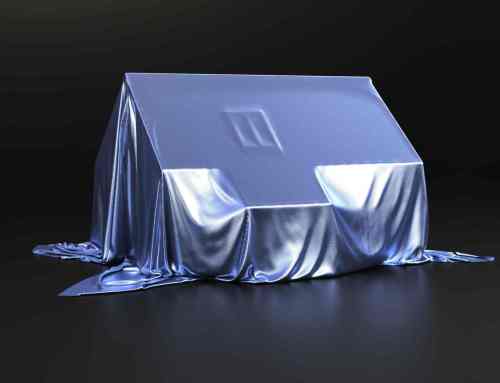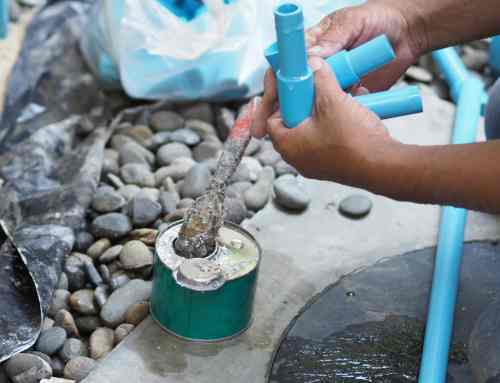 You may have fond memories of helping hang laundry on the clothesline in your backyard as a child. There’s nothing like the smell of the clothes fresh off the clothesline, dried on a warm, sunny day. Still, most of us would rather not go back to the days of hauling damp clothes outside to dry them.
You may have fond memories of helping hang laundry on the clothesline in your backyard as a child. There’s nothing like the smell of the clothes fresh off the clothesline, dried on a warm, sunny day. Still, most of us would rather not go back to the days of hauling damp clothes outside to dry them.
Today, we rely on automatic clothes dryers to get the job done. Just put the damp clothes in, turn the dial, hit the start button and 30-90 minutes later your clothes are dry, fluffy and ready to wear without a clothespin in sight.
The clothes dryer in a typical family of four runs 150 – 200 hours a year without malfunctioning. It can be easy to take them for granted as simple to use, trouble-free appliances needing little attention.
Clothes dryers cause over 16,000 reported house fires in the United States and cause dozens of deaths, hundreds of injuries and over $200 million in property damage annually. Sometimes the cause is a mechanical malfunction of the machine. Other times, the electrical supply or appliance cord is the culprit. But the leading cause of these fires is failure to clean. 1 out of 3 dryer fires is caused by overheating due to accumulation of lint inside the dryer filter, around the drum or in the exhaust ductwork. Overheating can cause clothing inside the dryer to ignite, or the lint in the ductwork to catch fire.
Unfortunately, many people believe that keeping the lint filter clean is all that is necessary. But the lint filter in most dryers cannot catch the finest particles of flammable lint and fibers. These small lightweight particles travel through the exhaust ductwork and vent outside the structure.
Ideally, the ductwork should be smooth galvanized metal and as straight as possible. In most cases, at least one or two bends or elbows are necessary to get the ductwork outside the home. Each bend in the system restricts airflow and creates a potential point for lint to collect. This further restricts airflow, allowing even more lint to collect. This dangerous cycle will continue until the system is completely blocked or the duct system is cleaned.
At the point where the duct exits the home, there should be a damper and a grill of some kind. The damper is a flap that opens when the dryer is running and closes to prevent air from entering the duct when it is not. The grill helps keep birds and rodents out. It is critical to keep the damper and grill clean and working properly. If the damper is stuck closed, the dryer will not vent properly and heat can build up to dangerous levels. Poor airflow will contribute to the buildup of lint. If the flap is stuck open or the grill is broken or missing, birds or rodents may decide that your dryer duct is a great place to build a nest, creating another potential fire hazard.
Clean the lint filter before every load. Consider installing an auxiliary inline lint trap in the ductwork coming from the dryer to catch more lint. You should have your dryer duct cleaned at least once a year to a avoid buildup of flammable lint.
In the event of a dryer fire you must act quickly to minimize the damage and call the fire department. So avoid running your dryer when no one is at home or when everyone is asleep. Chances are you will never experience a dryer fire. But if you do, Clean Pro is here to help clean up the mess and get your home back to normal again.






